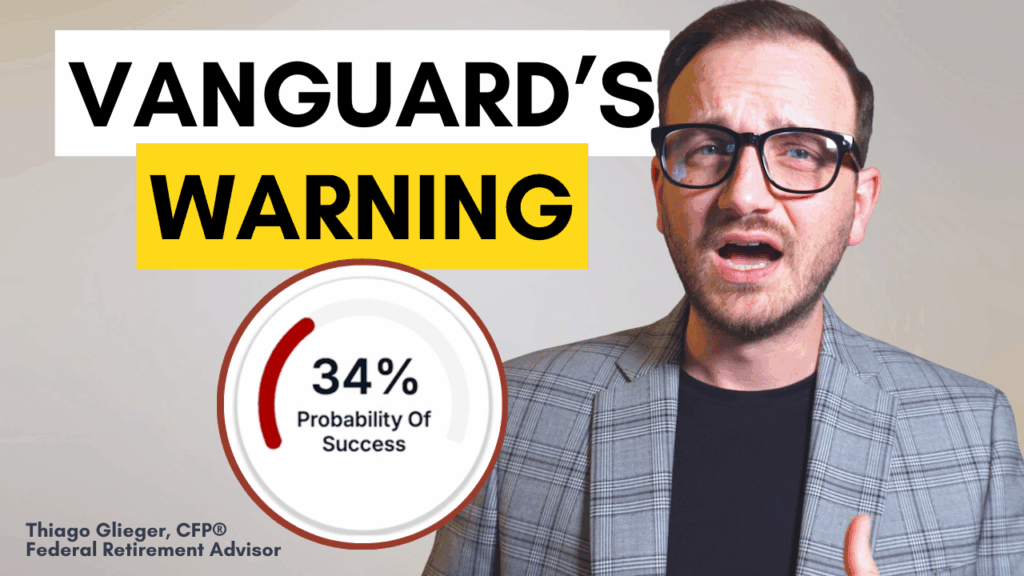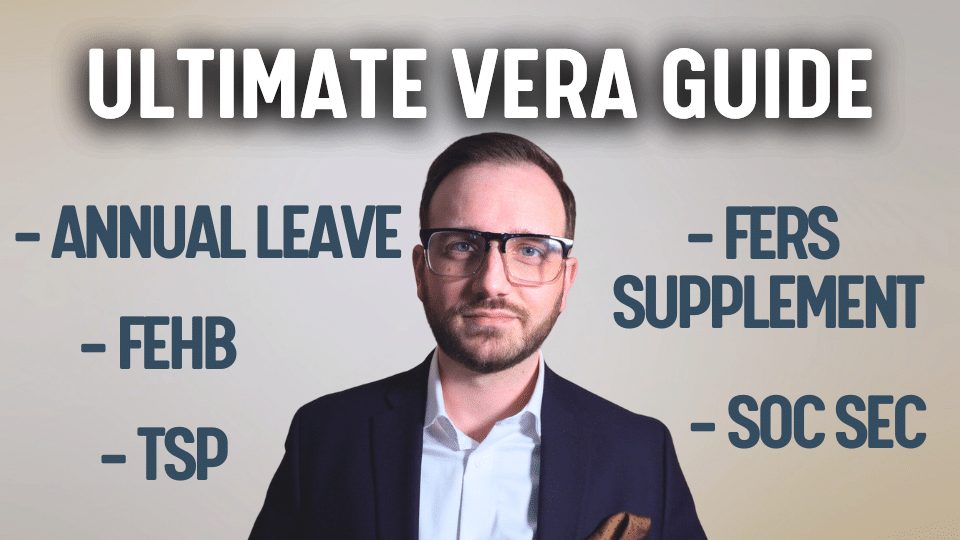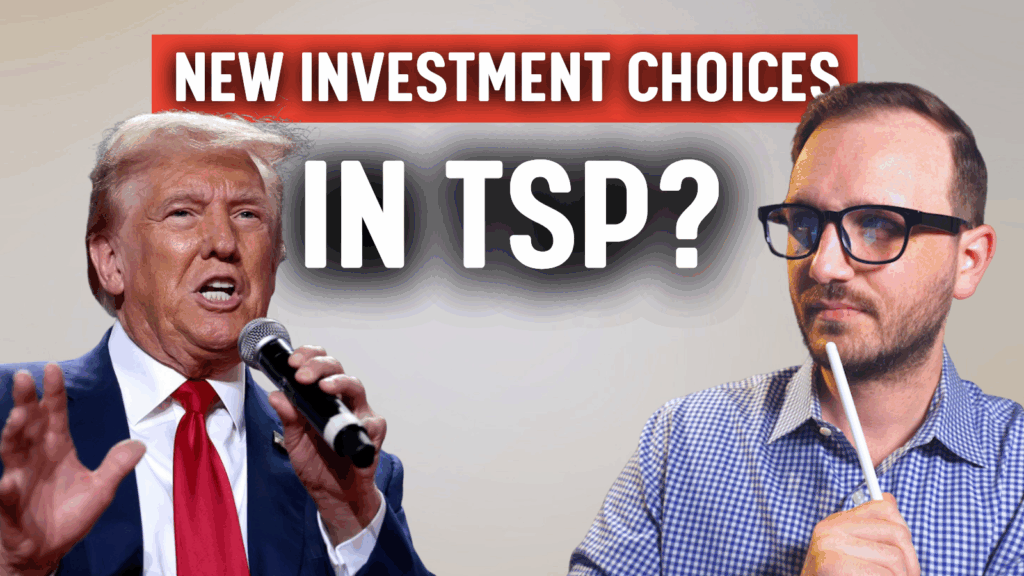Say Goodbye to Long-Term Government Bonds
Warren Buffett’s long standing annual shareholder letter was released recently. For those that don’t know it, Warren Buffett, a.k.a. ‘The Oracle of Omaha’, arguably one of the most successful investors in history, writes his annual commentary about the economy, the markets as a whole, and as they pertain to the fund he manages, Berkshire. In his letter, he writes:
…And bonds are not the place to be these days. Can you believe that the income recently available from a 10-year U.S. Treasury bond – the yield was 0.93% at yearend – had fallen 94% from the 15.8% yield available in September 1981? In certain large and important countries, such as Germany and Japan, investors earn a negative return on trillions of dollars of sovereign debt. Fixed-income investors worldwide – whether pension funds, insurance companies or retirees – face a bleak future.
The last decade has experienced a slow but steady decline in interest rates. This has caused panic among investors, particularly those seeking investments in the fixed income space, traditionally to supplement their portfolio with income and reduce volatility. But with yields barely keeping up with inflation, what’s an investor to do?
Now that longer term bonds have higher yield than shorter, it might be tempting to grab the bonds further out on the duration curve. It’s true that technically, if rates fall, longer term bonds perform better than shorter term bonds because longer duration fixed income gets you more milage, all things equal.
But this is a double-edged sword in reality: in early 2011 the 30-year treasury was yielding nearly 5%1 in a falling interest rate environment. Yet from then until now, long term treasuries have had nearly the same amount of losses as the S&P500 (think the C-Fund). These include years with losses of -23%, -15%, -18%, just to name a few dips.
To think that the F-Fund currently holds around 40% in treasuries could mean that it’s not as “safe” as an investor might think. There is safety in the credit obligation of the U.S. government, meaning it will not default on its debt, but there is no safety as it relates to the values of the fixed income investments since they are subject to economic factors. The value of the bonds changes in a direction opposite of interest rates. The further out the duration, the bigger the swing – like a seesaw.
Since early 2011, the S&P is up over 200% while long-term bonds are up barely over 50%. That’s a tremendous amount of risk for such little reward.
I’m not here to predict whether we’re entering a rising rates environment or not. I’m merely here to challenge the status quo and break the perception of traditional investing “rules” (like the good ol’ 60/40 retirement portfolio). I’m here be a beacon, like Alan Grant waiving a flare to the fixated T-Rex in the movie Jurassic Park. The economic environment is changing and as a sophisticated investor, you must too.
What exactly is risk? There are all kinds of risks. One risk is the potential reward relative to the potential loss. If you’re taking an investment that’s as volatile as the S&P500 but gives you a quarter of the potential return, is that worth it to you? Another enormous risk is not keeping up with inflation or not maintaining your portfolio. The consequences of that could mean that you run out of money before you run out of time. Risk and volatility are not the same thing, yet investors frequently mistake the two and buy in to the recency bias that the markets are full steam ahead.
Speaking of interest rates, we saw a few recent factors push interest rates up slightly. Reader beware: if that sentence just made your eyes glaze over, stop reading here and skip to the end.
For the rest of the economic nerds like me, follow me through this journey. Rates have been steadily ticking up since around mid 2020. But the recent and rather immediate rate jump of nearly a third of a percent on the 10-yr (basically, what everyone uses as a benchmark) caught some serious attention.
So much so that the equity markets had a knee-jerk reaction to it. Does this mean higher inflation expectations? Better growth? Are hedge funds making moves? Is it sovereign nations buying our treasuries?
Rates have been adjusting at the prospect of better growth as our nation and the world continues to fight off the pandemic. This expectation is certainly baked into bigger spreads between yields and inflation-adjust yields. Many people were meditating whether the Fed would have policy for hiking rates sooner than expected.
It used to be that there was a media camera person zooming in on the fed chairman’s briefcase while they crossed the street, hoping to catch a glimpse at pieces of paper sticking out of the sides to judge how much new policy was about to be released. These days, we have Twitter.
The Fed has continued to reassure us that they’re maintaining their position until there is substantial further improvement in the economy. There will likely be yield increases going forward as the economy reopens, but with the scary realty of people without jobs, low inventory, supply-chain disruptions – inflation could periodically cause the markets to roll, and you should be prepared for that as investors.
I’ve said it before, and I’ll say it again: volatility may be a pre-retiree’s and retiree’s worst enemy. If you’re within a few years of retiring and there’s a correction in the markets, you may need to push back your retirement date if you were not invested properly.
As rates continue to rise, this could impact the equities markets. US Large Cap (similar to the C & S Funds) is vulnerable to rising rates. If you own these in your TSP either through the core funds or through Lifecycle, you need to analyze whether your portfolio is aligned properly with your financial and retirement plans.
Your goals should drive your investments, not trying to time the markets. You cannot time the markets, but you can align your investments in a way that helps you accomplish that which you’ve set out for yourselves. There’s an old saying: bulls make money, bears make money, pigs get slaughtered.
The terms ‘bulls’ and ‘bears’ refer to when markets are going up and down, with pigs implying the inevitable greed that investors face, which has an impact on their decision-making. We’ve seen it repeatedly with investors.
We may very well start to see higher yields again which is historically customary with an improving economy. Higher yields may bring about a healthy repricing of the stock market which makes the ride very bumpy.
Make sure you’re prepared to stay seated during turbulence, and that you’ve stress tested your plan and know what the implications and potential risks are to your portfolio. Make sure that your financial affairs are aligned with your financial plan. Do all of the necessary things to ensure you’re ready to retire. Make sure you polish up on your benefits as a current federal employee, and that the decisions you make are putting you closer toward achieving your goals.
It’s important that you understand how all of these financial factors impact the goals you’ve set for yourselves, be it a retirement date, moving to another state to be closer to your kids or grandchildren, buying a boat – whatever it is, there are things important to you that require your taking this seriously. It has been said: if you fail to plan, plan to fail.
I challenge you to think differently. Your portfolio works for you in all types of markets, and there’s a right way and a wrong way, a better way and a worse way, and then there is a purpose-driven way to invest. Bonds and fixed income may very well be an important part of your portfolio, so make sure that you understand how rising rates and a changing economy impacts you.
Having winning investments is great but aligning them with the things that are most important to you in life is the true value of money. Keeping up with what’s going on with the economy is all important, but not if it keeps you up at night.
If “good enough” is fine with you, then great. But wouldn’t you also want to discover the potential for the wealth you’ve accumulated? Learn what freedoms it can buy you and your family? After all, it’s not just your money, it’s your future.



